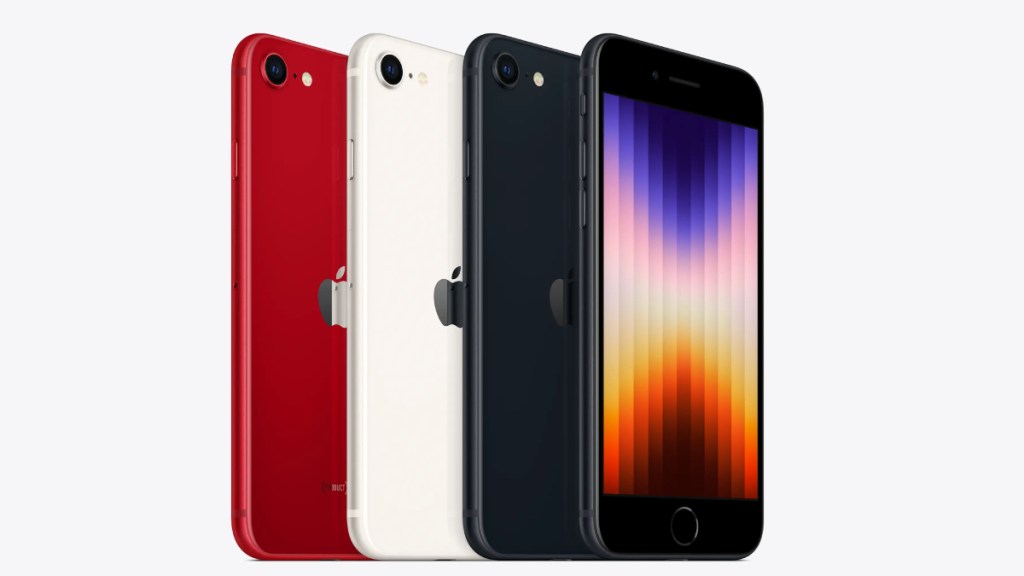Apple is expected to launch its next-generation budget-friendly iPhone, the iPhone SE4, next Wednesday, February 19, 2025. The new SE 2025 will be coming three years after the iPhone SE 3 was released in 2022.
iPhone SE 4-what to expect
The next-gen iPhone SE 4 is expected to come with major upgrades over its versions in the past. The phone is said to come with 6.1-inch OLED panel along with face ID support instead of Apple’s iconic home button. Rumours have it that Apple will go with an iPhone 14-like design for the upcoming iPhone SE4 which means a bigger screen and a wide notch.
There are speculations that Apple could utilise the same A18 processor as the iPhone 16 and iPhone 16 Plus with bright chances that Apple Intelligence could be part of the package. The RAM could be upped from 3GB in the iPhone SE 3 to 8GB in the iPhone SE 4. The base storage we can expect is 128GB. The iPhone SE 4 is expected to cost around Rs 50,000 but nothing is confirmed as of now.
Kuo predicts iPhone SE 4 to ship 12 million units in the first half of 2025
iPhone SE 4 launch is expected to significantly impact Apple’s product lineup and its relationship with key industry players, including Qualcomm. According to renowned Apple analyst Ming-Chi Kuo, the iPhone SE4 is expected to ship 12 million units in the first half of 2025 and around 10 million units in the second half of the year, putting its total shipment figure slightly above previous SE models, which typically see around 20 million units annually. Kuo notes that while the number of units may not be as large as Apple’s flagship iPhones, the iPhone SE4 could help Apple smoothly sail through the seasonal dips in its shipment figures, typically seen after the initial surge of a product launch.
Kuo also notes that the iPhone SE4 will contribute to the wider adoption of Apple Intelligence devices. The launch of the SE4 is expected to drive further integration into Apple’s broader ecosystem, cementing its position as a leader in the AI-enabled tech space.
A key feature of the iPhone SE4 is its use of Apple’s in-house modem, marking a significant shift away from Qualcomm, which has been the primary supplier of modems for Apple devices in recent years. Apple’s move to develop and use its modem will help cut down its reliance on third-party suppliers, aligning with its ongoing effort for greater control over its hardware. This move may cause tensions with Qualcomm, which could seek to collect licensing fees for its modem patents as Apple transitions away from its technology. Kuo predicts that Qualcomm will pursue these fees as a way to recoup lost revenue from modem orders that would have otherwise been fulfilled by the company.









